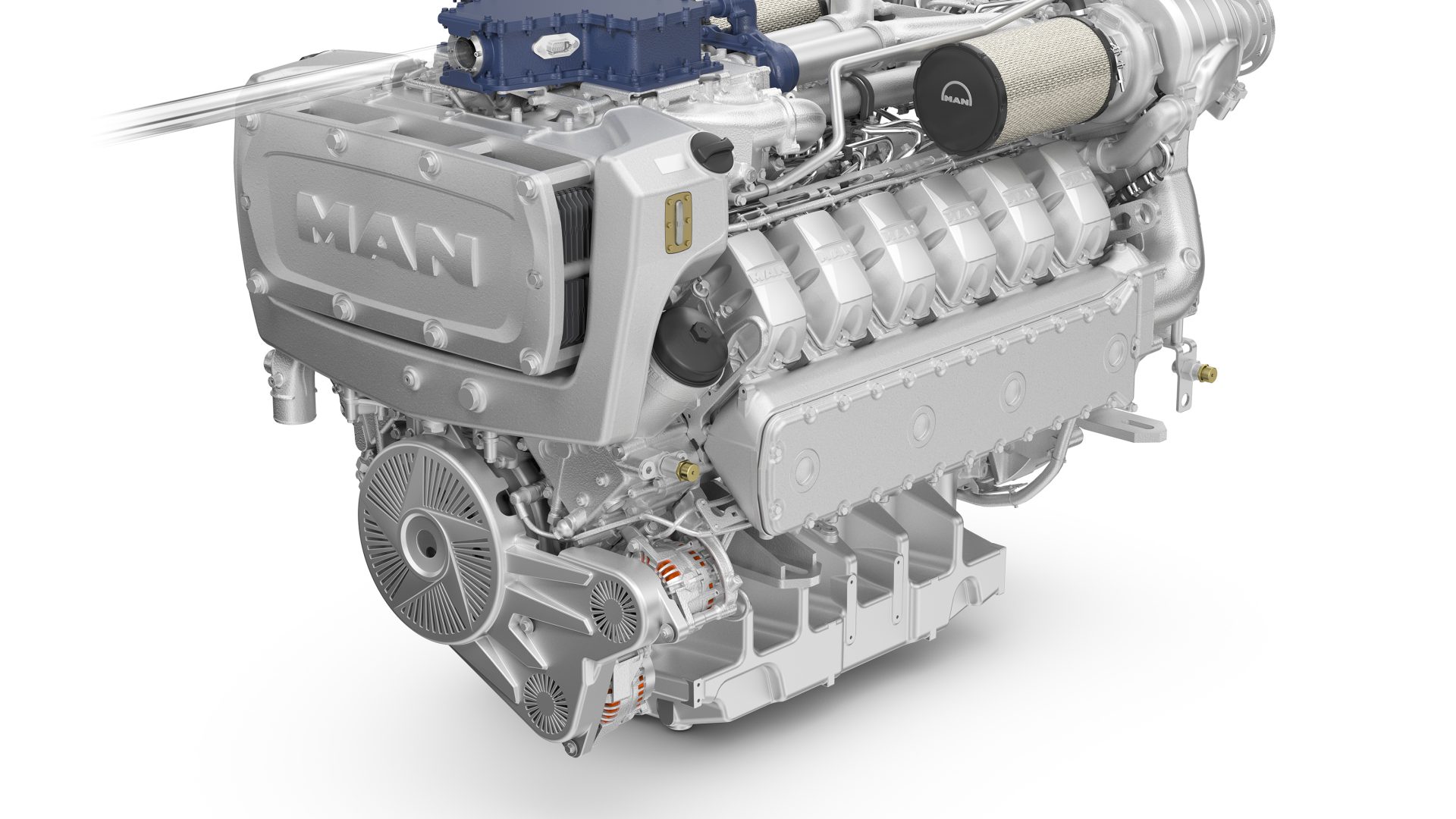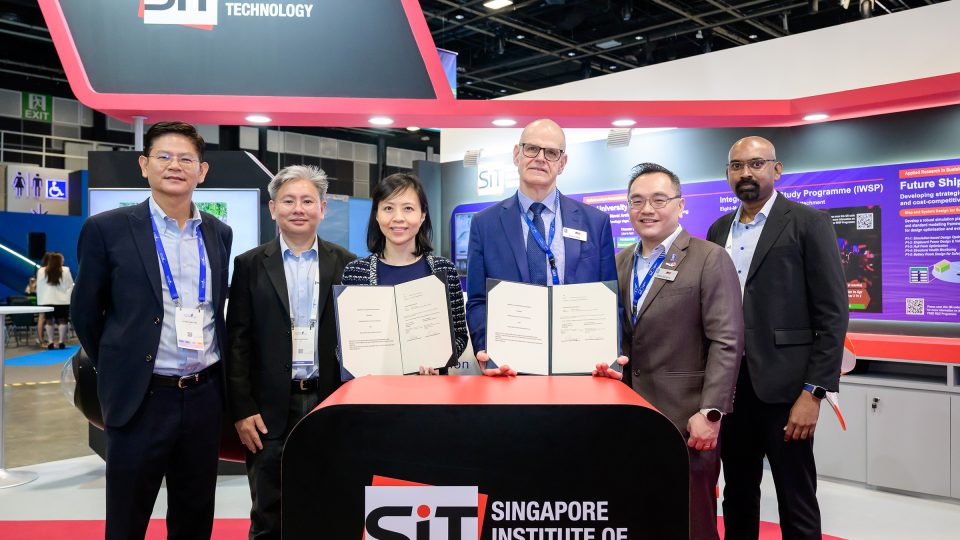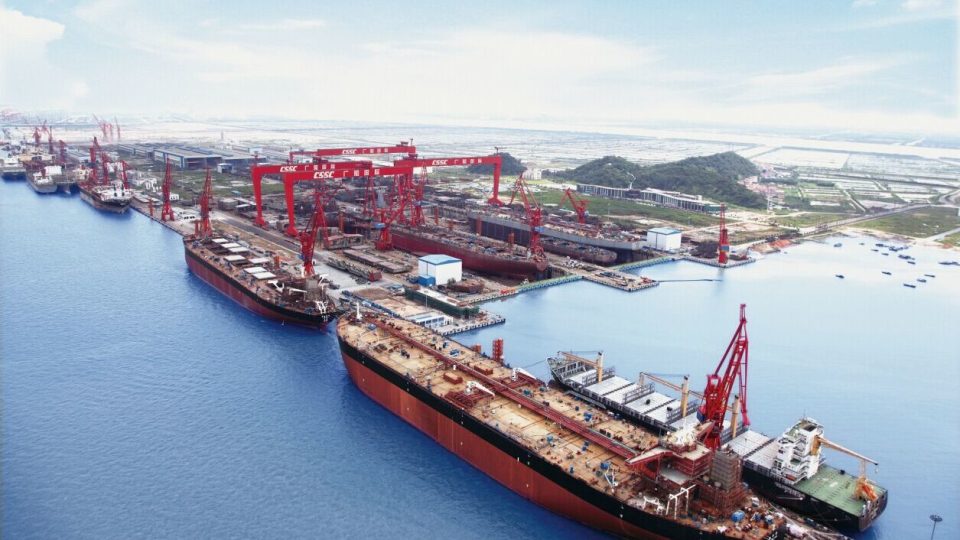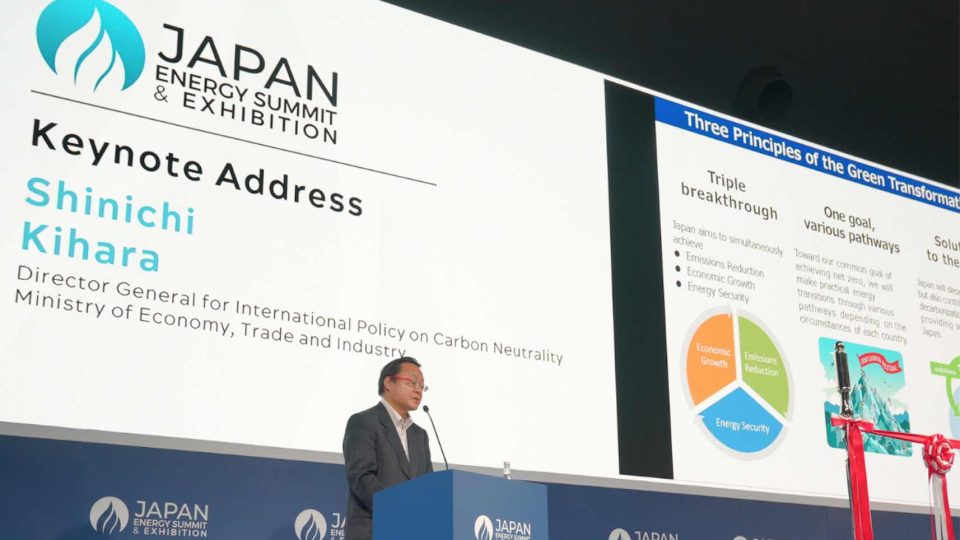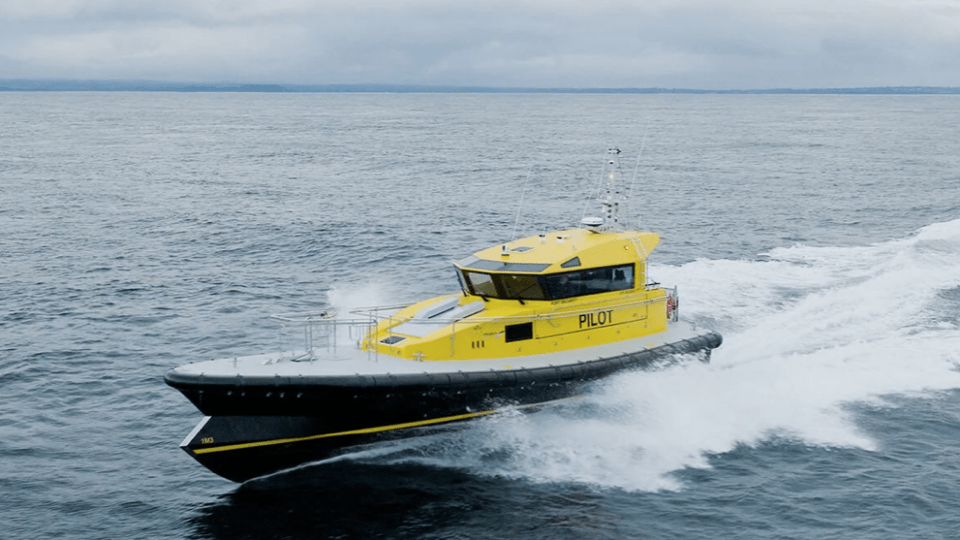MAN Engines at SMM: sustainable propulsion solutions for workboats
MAN Engines is focusing on sustainable propulsion solutions at SMM 2022 and is presenting two ways of reducing CO2 emissions for workboats.
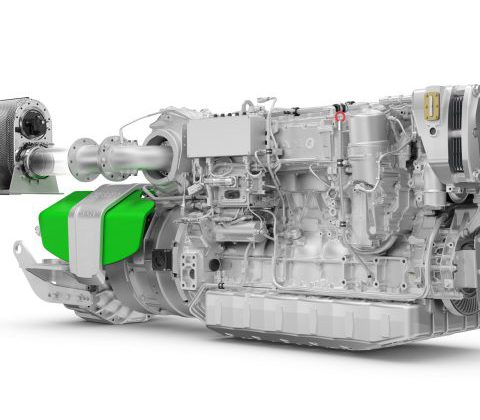
MAN Engines is focusing on sustainable propulsion solutions at SMM 2022 and is presenting two ways of reducing CO2 emissions for workboats. The MAN Smart Hybrid Experience enables sailing and anchoring without any emissions, and with the dual fuel engine, exhaust emissions can be noticeably reduced when operating on hydrogen. “Our goal is to support our customers with environmentally friendly drives. MAN Engines offers a wide range of solutions for this,” states Mikael Lindner, Head of MAN Engines.
The MAN Smart Hybrid Experience is based on a conventional marine engine, which is connected to the permanent-magnet synchronous motor/alternator by an electromagnetic clutch. The marine gearbox is in turn flanged to this via another clutch. The electric motor generator unit from the MAN Smart Hybrid Experience can produce a rated power of 184 kW or 368 kW, at an extremely high efficiency rating of up to 96 per cent. The permanent-magnet synchronous motor/alternator is 160 mm long at 184 kW, or 320 mm at 368 kW. Its diameter is 560 mm. The electromagnetic clutch means that the engines do not have to be stopped to change the operating mode. This changeover can be made during operation – including as an emergency function – without interrupting the power, making operation much more convenient.
The MAN Smart Hybrid Experience was first introduced for yacht applications in 2021. Because it can be combined with all MAN marine engines of the current D2862 (V12), D2868 (V8) and D2676 (R6) series, it can also be used to upgrade the output of engines for light, medium and heavy-duty applications in commercial shipping.
This enables overall system outputs for each driveline ranging from 147 kW to 1838 kW (200 hp to 2500 hp) to be represented and degrees of hybridisation of up to 71 per cent of the total output to be achieved.
MAN Engines will be presenting an exhibit of the MAN Smart Hybrid Experience based on its D26 in-line six-cylinder engine with an electric motor with an output of 184 kW and aftertreatment system at its stand 211 in Hall A3 at the SMM in Hamburg from 6th to 9th September. In this combination, a system output of up to 1100 hp (809 kW) can be represented.
In addition, MAN Engines will present a dual fuel hydrogen engine with SCR system. The first two engines of this type were handed over back on 10th May 2022 for series operation powered by hydrogen on a workboat. The MAN dual fuel hydrogen engine is a twelve-cylinder diesel engine of the type MAN D2862 LE448 with 749 kW (1019 hp) at 2100 rpm. This was prepared by MAN Engines for dual fuel operation and supplemented with a hydrogen injection system from development partner CMB.Tech.
